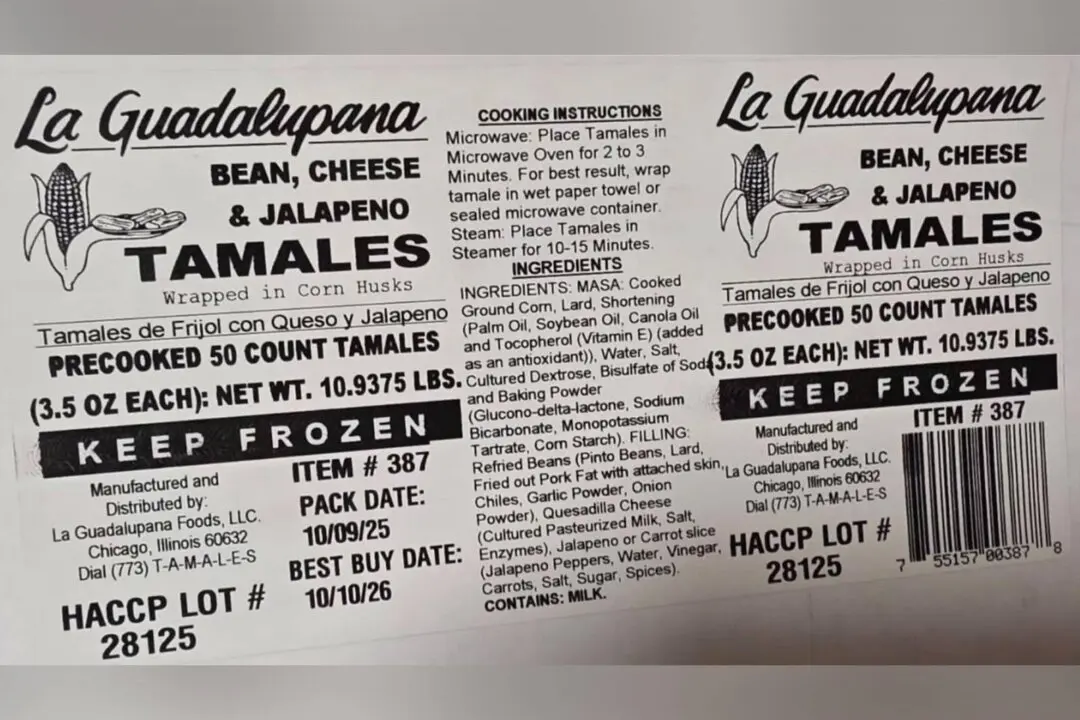The elevated inflation rate is forcing U.S. citizens to spend hundreds of dollars a month extra than usual, forcing many into a financially tough spot as households struggle to make ends meet.
The average U.S. household in November spent $396 more a month to buy the same goods and services they purchased a year back, according to data from Moody’s Analytics. As wage growth trailed behind inflation for average workers, their paychecks were only able to afford fewer or cheaper items over the year.





